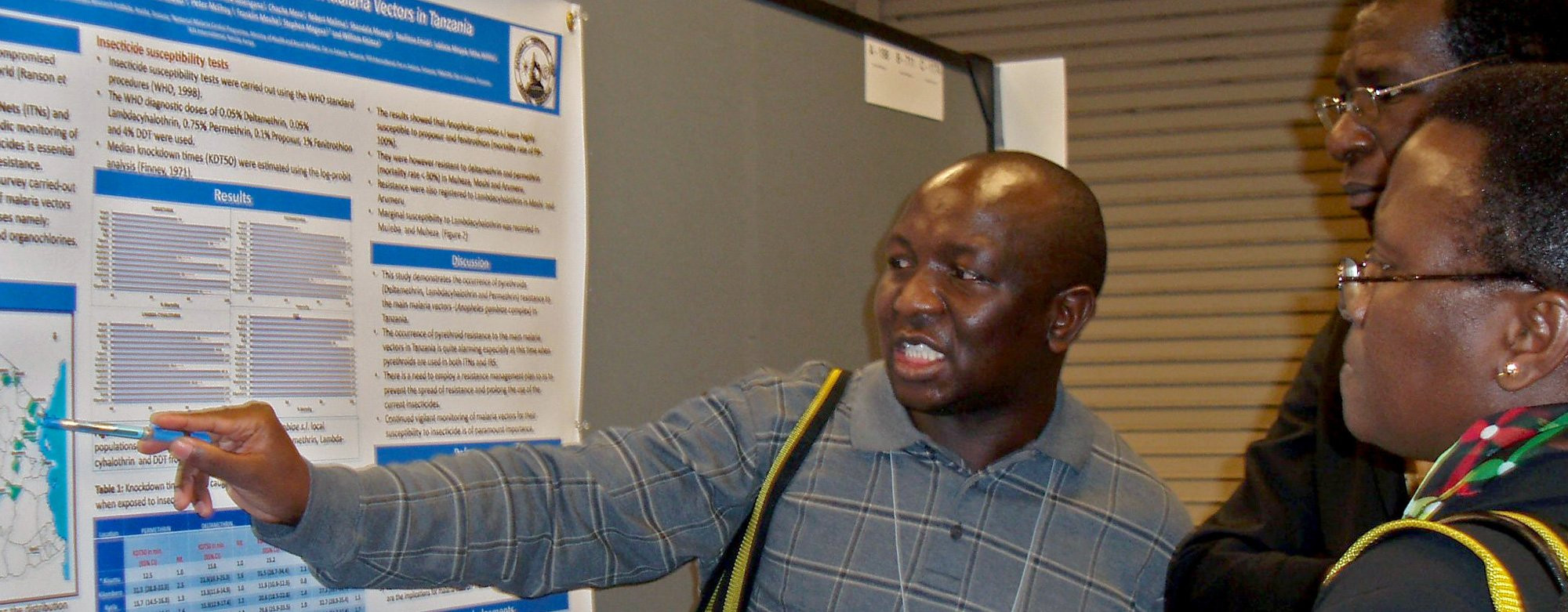Advancing Global Health Through Scientific Research

Challenge
The American Society of Tropical Medicine and Hygiene (ASTMH), founded in 1903, is a worldwide organization of scientists, clinicians and other professionals whose mission is to promote global health through prevention and control of infectious and other diseases that disproportionately afflict the poor. Over the years, global health and science stories have faced an increasingly uphill battle in the media. While the landscape shifts dramatically when there is a global disease outbreak like SARS or Ebola, attention typically focuses more on chronic diseases and public health issues in the United States.
Our Approach
To secure a higher profile and garner more attention from science and health reporters, Burness generated and implemented a media strategy built around the important scientific research that is presented annually at the ASTMH Annual Meeting and published monthly in its peer-reviewed journal, the American Journal of Tropical Medicine and Hygiene. Starting in 2011, we set to work to build the reputation of the journal’s solid science, creating a process to review and promote promising studies to US and international media on topics ranging from cholera in Haiti, to West Nile virus in the United States, to malaria in West Africa and dengue in India. For the Annual Meetings, we collaborate with ASTMH to uncover the most cutting-edge and newsworthy research being presented and develop press releases that are promoted to media nationally and internationally. In parallel, we’ve staffed ASTMH’s Annual Meetings since 2011, increased efforts to have journalists attend the meeting in person, and seized opportunities to increase visibility for ASTMH leadership, the society, and the journal.
As the 2014 Ebola epidemic grew and several cases werediagnosed in the United States, we developed a strategy to address the critical need to have ASTMH experts at the Annual Meeting in New Orleans address the topic and be available as a valuable resource on the fast-moving story. We also developed a full-court crisis communications response to address the state of Louisiana's travel ban for meeting attendees who had been in Ebola-affected countries, announced just a few days before the start of the meeting.
Results and Impact
These efforts have resulted in a huge leap in visibility for ASTMH. Between the journal and the Annual Meeting, ASTMH’s work has been covered multiple times by media outlets such as the New York Times, Reuters, Associated Press, BBC, the Guardian (UK), NPR’s Goats and Soda, Nature, CBS News, the Economist, the Washington Post, Science, Los Angeles Times, CNN and The Verge, among many others.
These results have helped ASTMH stand out, and it has become a critical source of expertise in the field of neglected diseases for a much wider global audience.